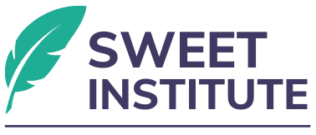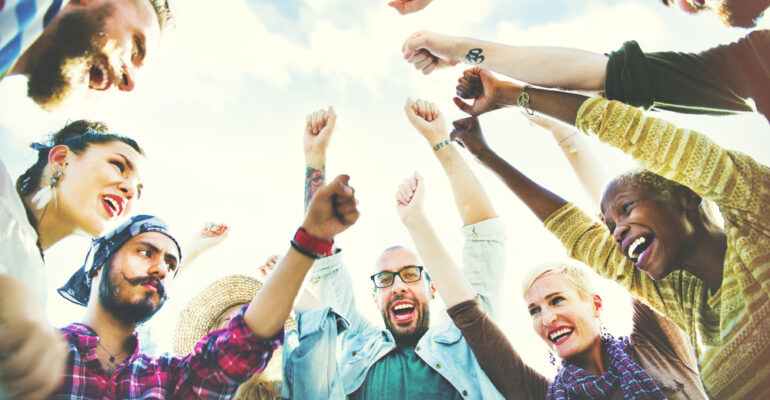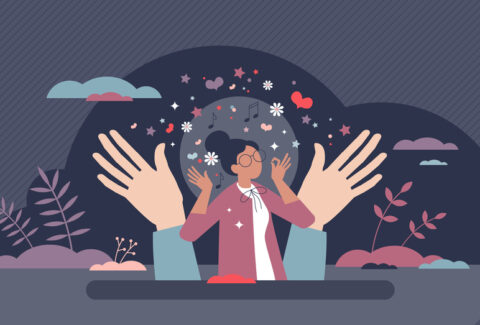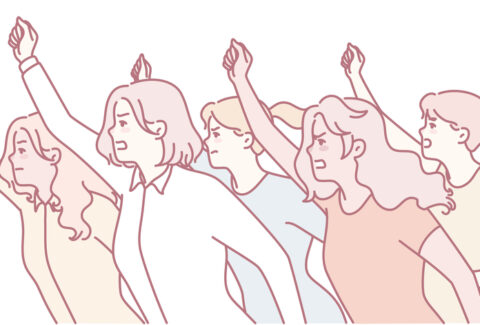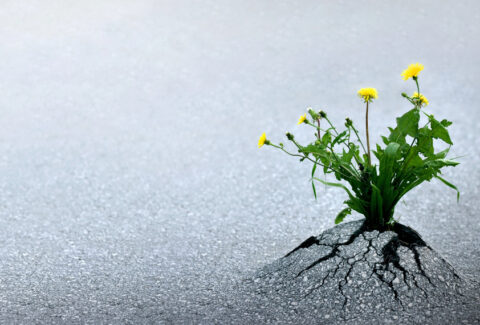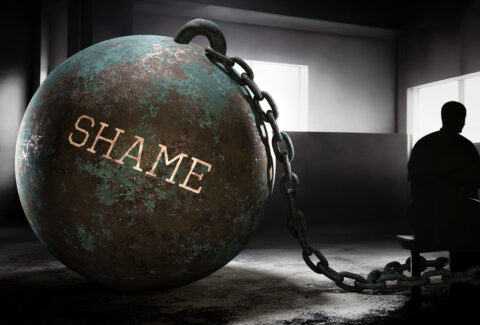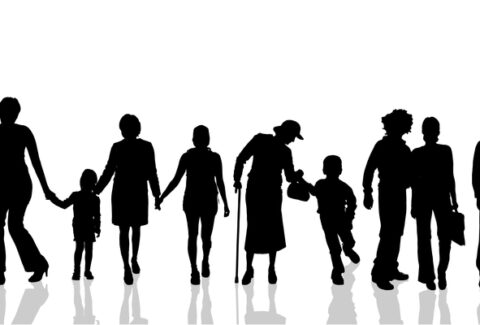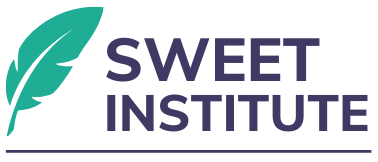Breaking Cycles, Building Futures: Collective Healing and Transformation
If you want to go fast, go alone. If you want to go far, go together. — African Proverb
Internalized oppression does not end with the individual; it perpetuates across generations, families, and communities. To truly dismantle its grip, we are to not only heal individually but also collectively. Healing is not only personal; rather, it is relational, communal, and systemic.
The Nature of Cycles
Cycles of oppression repeat themselves because they become embedded in identity, family dynamics, institutions, and cultural narratives. Trauma is transmitted across generations, not only through storytelling but also through epigenetic mechanisms, changes in gene expression influenced by lived experiences of stress, poverty, racism, and violence (Yehuda & Lehrner, 2018). Unless disrupted, these cycles create predictable outcomes: lower educational achievement, poorer health outcomes, increased risk of incarceration, and ongoing disparities.
The Role of Collective Healing
Healing is to extend beyond individual therapy. Collective healing involves shared spaces of truth-telling, acknowledgment, and connection. Practices like community dialogues, healing circles, and group-based interventions allow communities to process trauma together, reframe internalized narratives, and build a new sense of collective identity.
Research shows that community-based healing programs, such as culturally grounded mental health interventions for Black and Indigenous populations, significantly reduce symptoms of depression, increase empowerment, and improve resilience (Gone, 2013; Walters et al., 2011).
Building Futures Through Systems Change
Collective healing also requires systemic transformation. Education systems are to move from deficit-based models to strengths-based frameworks. Health systems is to integrate culturally responsive care. Justice systems ought to move from punitive to restorative approaches. Housing, employment, and policy ought to be rooted in dignity and opportunity.
The Power of Shared Action
When communities engage in healing together, cycles are broken. Children inherit not just trauma but resilience. Families pass down not just fear but love. Institutions reinforce not exclusion but belonging. This is how futures are built, they are built through the steady dismantling of oppressive systems and the deliberate creation of liberatory ones.
Reflections for Practice
- For clinicians: Incorporate family and community in healing processes.
- For educators: Center curricula on cultural pride, resilience, and critical consciousness.
- For leaders: Build policies that honor historical harms and actively dismantle barriers.
- For individuals: Engage in spaces of collective healing, whether through activism, circles, or cultural practices.
Conclusion
Breaking cycles requires both remembering and reimagining. We are to remember the pain of oppression but refuse to pass it down. We are to reimagine a future where oppression is no longer internalized, and liberation is lived collectively. Transformation is not a solitary act; rather, it is a collective journey.
References
- Gone, J. P. (2013). Redressing First Nations historical trauma: Theorizing mechanisms for indigenous culture as mental health treatment. Transcultural Psychiatry, 50(5), 683–706.
- Walters, K. L., Mohammed, S. A., Evans-Campbell, T., Beltrán, R. E., Chae, D. H., & Duran, B. (2011). Bodies don’t just tell stories, they tell histories: Embodiment of historical trauma among American Indians and Alaska Natives. Du Bois Review, 8(1), 179–189.
- Yehuda, R., & Lehrner, A. (2018). Intergenerational transmission of trauma effects: Putative role of epigenetic mechanisms. World Psychiatry, 17(3), 243–257.
Download the scholarly version of this article by clicking HERE
